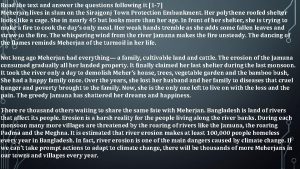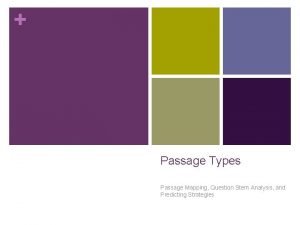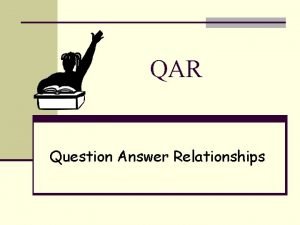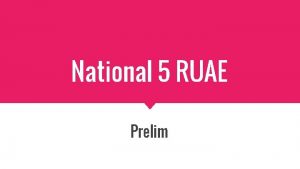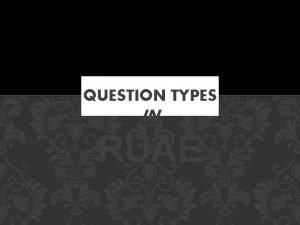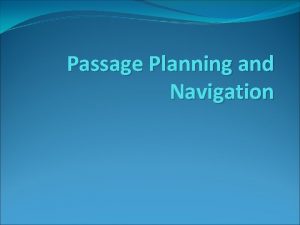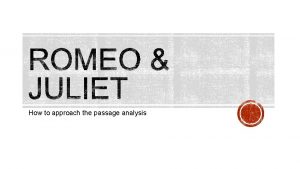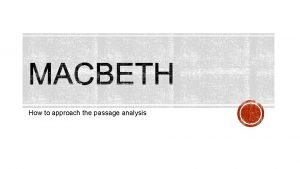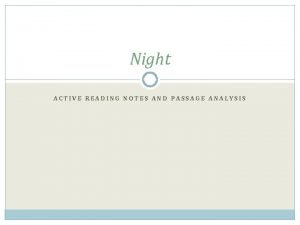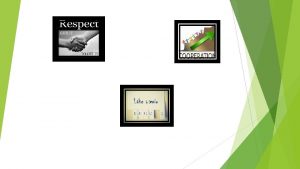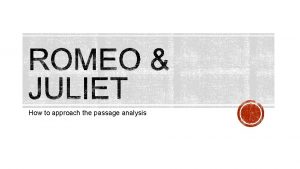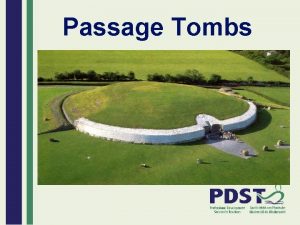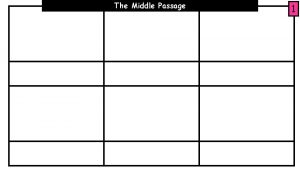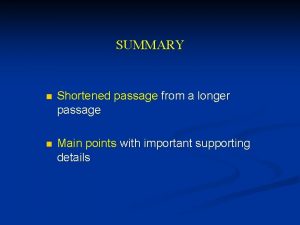EprepTest 1 Passage Types Question Types PASSAGE TYPES















- Slides: 15

Eprep-Test 1 Passage Types Question Types

PASSAGE TYPES Literary – excerpts from novels or short stories, whether classic or contemporary; or American or global Informational– • social sciences • found documents/global conversations • science

Passage 1 -Literature

Passage 2 -Informational (environmental science)

Passage 3 -Informational (medicine)

Passage 4 -Found Documents (paired passages-historical speeches)

Passage 5 -Informational (science-cosmology)

Question Types CATEGORY: INFORMATION AND IDEAS Reading Closely – Determining what’s stated or implied in a passage and applying what you’ve learned from it to a new, similar situation. Citing Textual Evidence – Deciding which part of a passage best supports either the answer to another question or a given conclusion. Determining Central Ideas and Themes – Understanding the main point(s) or theme(s) of a passage. Summarizing – Recognizing an effective summary of a passage or of a part of a passage. Understanding Relationships – Drawing connections (such as cause/effect, compare/contrast, and sequence) between people, ideas, and the like in a passage. Interpreting Words and Phrases (Vocabulary) in Context – Figuring out the precise meaning of a particular word or phrase as it’s used in a passage

Question Types CATEGORY: RHETORIC Analyzing Word Choice – Understanding how an author selects words, phrases, and language patterns to influence meaning, tone, and style. Analyzing Text Structure – Describing how an author shapes and organizes a text and how the parts of the passage contribute to the whole text. Analyzing Point of View – Understanding the point of view or perspective from which passages are told and how that point of view or perspective affects the content and style of the passage. Analyzing Purpose – Determining the main rhetorical aim of a passage or a part of the passage, such as a paragraph. Analyzing Arguments – Examining the claims, counterclaims, reasoning, and evidence an author uses in an argument.

Question Types CATEGORY: SYNTHESIS Analyzing Multiple Texts (Paired Passages) – Making connections between topically related informational passages. Analyzing Quantitative Information (Informational Graphics) – Locating data in informational graphics such as tables, graphs, and charts; drawing reasonable conclusions from such graphics; and integrating information displayed graphically with information and ideas in a passage.





HOMEWORK • Review Section 2 on environmental science (air pollution) • Label each question type. If you think it could count as more than one, list both types.
 Level questions
Level questions My dear student
My dear student Meherjan passage summary
Meherjan passage summary Flora and farabi
Flora and farabi Question word simple present
Question word simple present Advantages and disadvantages of probing questions
Advantages and disadvantages of probing questions Contoh open ended question
Contoh open ended question Example of situation relating question
Example of situation relating question Direct indirect questions
Direct indirect questions Compelling question example
Compelling question example Compelling question meaning
Compelling question meaning What is the best analysis of this passage?
What is the best analysis of this passage? Tag question rules
Tag question rules Answer
Answer Ruae national 5
Ruae national 5 Higher english ruae question types
Higher english ruae question types


